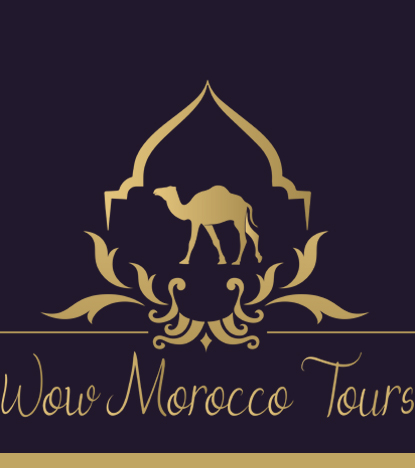
How to Plan Your Visit to Morocco in Winter 2026
Morocco is a country that welcomes visitors all year round, but winter offers a side of the kingdom that many travelers don’t expect. From snow-capped peaks in the Atlas Mountains to mild sunshine in Marrakech and golden sunsets over the Sahara Desert, winter creates a magical contrast across the country.
If you’re looking to plan your visit to Morocco in winter, this season brings the perfect balance of comfortable weather, fewer crowds at major attractions, and unique experiences you won’t find in other months. Whether you dream of wandering through colorful medinas, skiing in the High Atlas, or enjoying a warm cup of mint tea by the dunes, Morocco in winter is a journey full of surprises.
Why Visit Morocco in Winter?
Winter might not be the first season that comes to mind when planning a trip to Morocco, but it’s actually one of the best times to discover the country. Here’s why:
-
Mild Climate – Popular cities like Marrakech and Fes stay pleasantly warm during the day (around 15–20°C), making sightseeing more comfortable compared to the summer heat.
-
Fewer Crowds – With fewer tourists in winter, you can enjoy Morocco’s famous landmarks, souks, and attractions at a slower, more authentic pace.
-
Perfect for the Desert – Summer desert trips can be exhausting with extreme heat, but in winter the Sahara offers sunny days and crisp evenings, ideal for camel trekking and stargazing.
-
Snowy Adventures – The Atlas Mountains transform into a winter wonderland, offering skiing, snowboarding, and picturesque Berber villages blanketed in snow.
-
Local Festivals & Traditions – Winter is the season for Yennayer, the Amazigh New Year (celebrated in January), where you can experience authentic Moroccan culture and food.
Weather in Morocco During Winter
When you plan your visit to Morocco in winter, it’s important to understand how the weather changes across different regions. Morocco’s diverse landscapes mean you can experience sunshine, snow, and chilly desert nights—all in the same trip.
Marrakech & Fes
-
Daytime: Mild temperatures (15–20°C).
-
Evenings: Can drop to 5–8°C, so pack warm layers.
-
Ideal for exploring medinas, gardens, and palaces without the summer heat.
Sahara Desert (Merzouga, Zagora)
-
Days: Comfortable (18–22°C).
-
Nights: Cold, often near 0°C.
-
Best season for camel trekking and overnight stays in desert camps.
Atlas Mountains
-
Days: Cool (5–12°C).
-
Nights: Below freezing, heavy snow at higher altitudes.
-
Perfect for skiing at Oukaimeden or Ifrane, and enjoying snow-covered Berber villages.
Northern Cities (Chefchaouen, Tangier)
-
Days: Mild (12–16°C).
-
Evenings: 5–8°C, occasional rain.
-
Expect greener landscapes and a calm, cozy vibe in winter.
Coastal Destinations (Essaouira, Agadir)
-
Days: 17–20°C with sunshine.
-
Evenings: Around 10–12°C.
-
Great for a relaxed seaside escape and fresh seafood.
Overall, Morocco in winter offers a balance of sunny days, cool evenings, and snowy adventures, making it one of the most versatile times to visit.
Best Places to Visit in Morocco in Winter
When you plan your visit to Morocco in winter, the diversity of landscapes and climates means you can combine warm city strolls, desert adventures, and even snowy mountain escapes in a single trip. Here are the top destinations to explore:
Marrakech – The Red City Under Mild Sunshine
Marrakech is always vibrant, but winter gives it a calmer, more comfortable atmosphere. Daytime temperatures are mild, making it perfect to wander through the medina, explore Bahia Palace, or relax in the Majorelle Garden. Rooftop cafés become especially charming in this season, offering views of the Atlas Mountains dusted with snow in the distance.
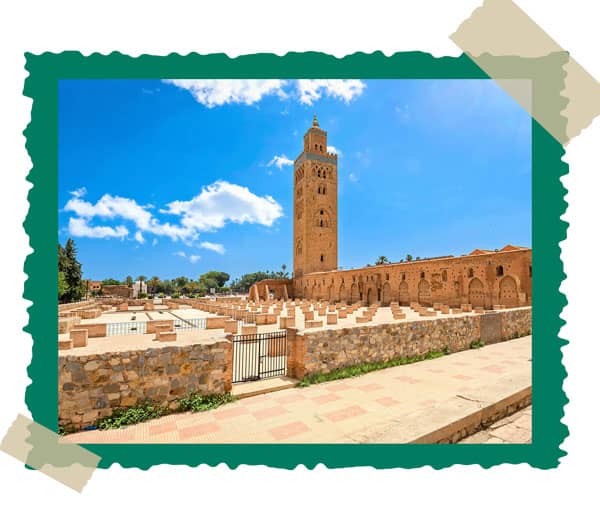
The Sahara Desert – Camel Treks and Starry Nights
Winter is the ideal time to discover Morocco’s golden dunes. Unlike summer, when the heat can be overwhelming, the Sahara in winter has pleasant daytime temperatures and crisp evenings. A camel trek across the sand dunes of Merzouga or Zagora followed by a night in a desert camp under the starry sky is an unforgettable experience.
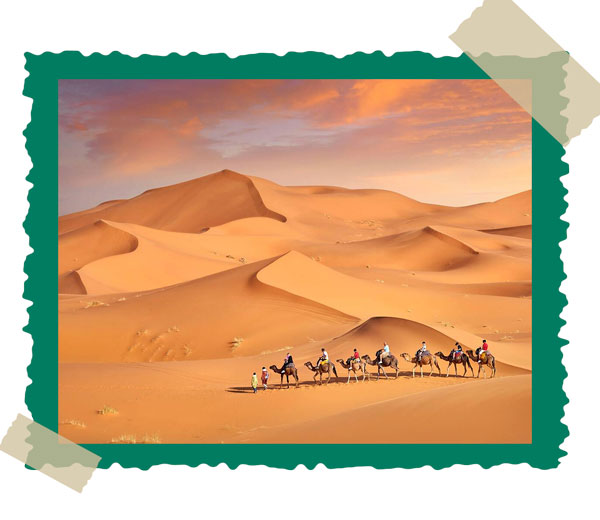
Atlas Mountains – Snow-Capped Adventures
For travelers who love winter landscapes, the Atlas Mountains are a must. Villages surrounded by snow create postcard views, and ski resorts like Oukaimeden and Ifrane attract both locals and visitors. Whether you’re skiing, hiking, or simply sipping mint tea by a fireplace in a Berber guesthouse, the mountains offer a completely different Moroccan experience.

Fes – A Winter Walk Through History
Known as Morocco’s cultural capital, Fes is magical in winter. The cool weather makes it easier to navigate the labyrinth of its UNESCO-listed medina, filled with ancient mosques, artisan workshops, and bustling souks. With fewer tourists around, you can take your time to enjoy its authentic atmosphere and discover centuries of history at a slower pace.
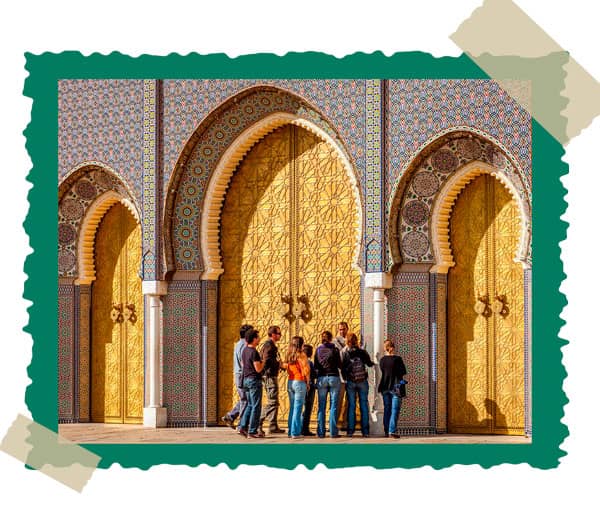
Chefchaouen – The Blue Pearl in Tranquility
Nestled in the Rif Mountains, Chefchaouen is famous for its blue-painted streets. In winter, the town is quieter, the air is crisp, and the surrounding mountains often wear a light blanket of snow. It’s an excellent destination for photographers and travelers looking for a peaceful escape with breathtaking scenery.
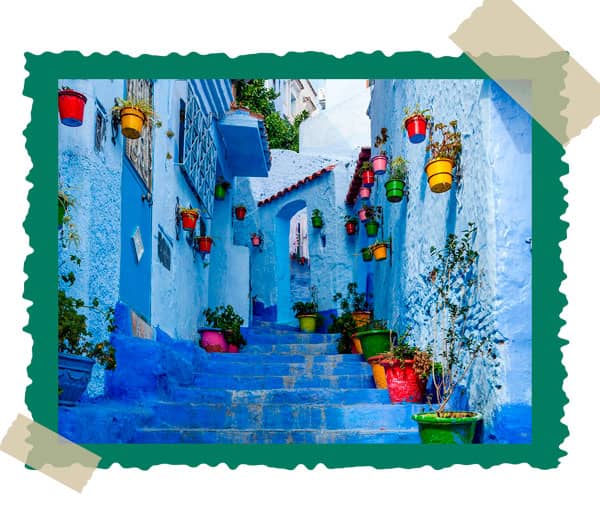
Essaouira and Agadir – Winter by the Ocean
If you want a touch of seaside relaxation, head to the Atlantic coast. Essaouira charms visitors with its windswept medina, fresh seafood, and artistic vibe, while Agadir offers a warmer climate and sandy beaches. Both destinations are perfect for a winter break where you can enjoy sunny afternoons by the ocean.
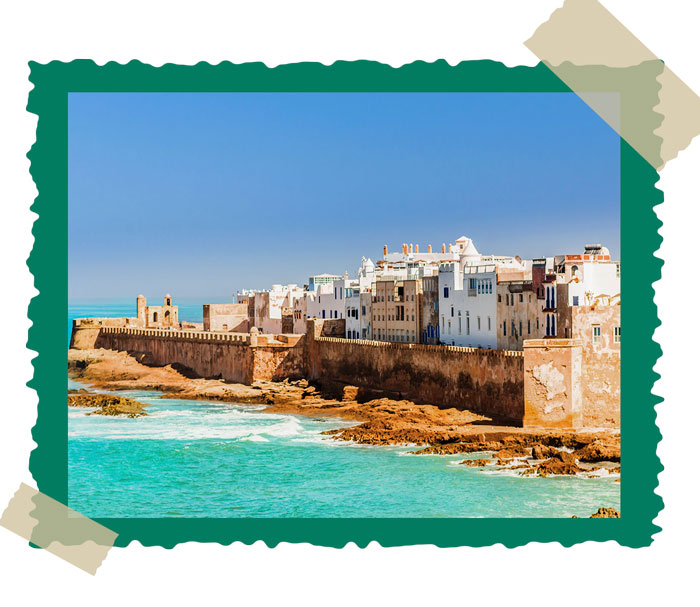
Book Your Winter Adventure in Morocco Today!
Don’t miss the magic of Morocco in winter! From snow-capped mountains to golden desert dunes and vibrant medinas, there’s no better time to explore. Let us take care of every detail, from guided city tours to desert camel treks, so you can relax and enjoy an unforgettable journey.
Unique Winter Experiences in Morocco
Visiting Morocco in winter isn’t just about milder weather; it also opens the door to experiences that are either impossible or less enjoyable in other seasons. From snowy slopes to cultural celebrations, here are some of the highlights that make winter truly special.
Skiing in the Atlas Mountains
Yes, you can ski in Morocco! The High Atlas Mountains transform into a snowy playground between December and February. Resorts like Oukaimeden, near Marrakech, and Ifrane, often called the “Switzerland of Morocco,” offer skiing, snowboarding, and cozy lodges where you can warm up after a day on the slopes.
Hammams and Hot Springs
After a chilly day of sightseeing, nothing feels better than relaxing in a traditional Moroccan hammam. In cities and small towns alike, hammams offer a cleansing and rejuvenating ritual that’s especially appealing in winter. For a more natural experience, hot springs in places like Sidi Harazem near Fes provide soothing warmth.
The Amazigh New Year (Yennayer)
If you visit Morocco in January, you may be lucky enough to experience Yennayer, the Amazigh (Berber) New Year. Families gather to share special meals, local music, and cultural traditions that have been passed down for centuries. It’s a unique opportunity to connect with Morocco’s indigenous heritage.
Stargazing in the Sahara
Winter nights in the desert are cold but crystal clear, making it one of the best seasons for stargazing. After a camel trek and a traditional dinner by the fire, you can wrap yourself in a blanket and watch the Milky Way stretch across the sky—an unforgettable winter memory.
Seasonal Moroccan Flavors
Winter in Morocco is also a time to enjoy comforting traditional dishes. Rich lamb tagines with prunes, bowls of harira soup, and warm freshly baked bread are staples of the season. Paired with steaming glasses of mint tea, Moroccan cuisine becomes even more inviting during colder months.
What to Pack for Morocco in Winter
Packing for Morocco in winter can be a little tricky, since the country’s climate varies from region to region. You might be enjoying sunshine in Marrakech one day and walking through snowy mountain villages the next. To stay comfortable, here’s what you should bring:
Layered Clothing for Changing Temperatures
The key to winter packing in Morocco is layers. During the day, especially in Marrakech or along the coast, a light sweater or long-sleeve shirt is enough. But once the sun sets, temperatures drop quickly, and you’ll be glad to have a warm jacket or fleece on hand.
Warm Outerwear for Nights and Mountains
If you’re heading to the Sahara Desert or the Atlas Mountains, a proper winter coat is essential. Desert nights can be freezing, and mountain passes often dip below zero. A scarf, gloves, and a hat will also make your evenings much more comfortable.
Comfortable Footwear
Exploring Morocco often means walking through medinas, climbing steps, or trekking in nature. Bring sturdy, comfortable shoes—ideally waterproof if you’ll be spending time in northern cities like Chefchaouen or Tangier, where rain is more common in winter.
Sun Protection Essentials
Even in winter, the Moroccan sun can be strong. Sunglasses, sunscreen, and a hat will protect you when exploring cities or riding camels in the desert. Many travelers forget these items because of the season, but they are just as important as warm clothes.
Extras to Stay Cozy
A travel thermos for tea, moisturizing cream to combat dry desert air, and a small power bank for long journeys can all come in handy. If you’re staying in traditional riads, you might also pack slippers or warm socks, as tiled floors can feel cold in the evenings.
Tips for Traveling in Winter
When you plan your visit to Morocco in winter, a few smart travel tips can help you make the most of your journey. From transport to accommodation, here’s what you should keep in mind:
Book Desert Camps Early
Winter is one of the most popular seasons for Sahara Desert tours. While the weather is perfect, availability in desert camps, especially luxury ones, can be limited. Reserving your camel trek and camp stay in advance ensures you won’t miss out.
Prepare for Mountain Weather
If your trip takes you through the High Atlas or Middle Atlas Mountains, be aware that heavy snow can sometimes affect road conditions. Mountain passes like Tizi n’Tichka may close temporarily, so plan flexible travel days and consider local guidance before heading out.
Take Advantage of Lower Prices
In many cities, winter is considered off-season compared to spring and autumn. This means you can often find better hotel deals, fewer crowds in attractions, and more relaxed experiences when bargaining in souks.
Choose Reliable Transport
Morocco’s train and bus network is efficient and comfortable, making it a great option if winter weather impacts mountain roads. For long journeys, consider ONCF trains or CTM buses, both known for reliability.
Stay Warm in Riads
Traditional riads are stunning but can feel chilly in winter due to tiled floors and high ceilings. When booking, look for places with heating, extra blankets, or fireplaces to ensure your stay is as cozy as it is beautiful.
Suggested Winter Itinerary
Planning your trip carefully can help you experience Morocco’s diverse winter landscapes, from bustling cities to snowy mountains and golden desert dunes. Here’s a 7–10 day winter itinerary that balances adventure, culture, and relaxation:
Day 1–2: Marrakech – City of Colors
Start your winter journey in Marrakech. Wander through the medina, explore the vibrant souks, and admire historical sites like the Bahia Palace and Saadian Tombs. Don’t miss the Jardin Majorelle for a peaceful stroll, and enjoy cozy rooftop cafés with views of the snow-dusted Atlas Mountains in the distance.
Day 3–4: Atlas Mountains – Snowy Escapes
Head into the Atlas Mountains for a change of scenery. Ski or snowboard at Oukaimeden, hike through snow-covered Berber villages, or simply enjoy the crisp mountain air. Overnight stays in local guesthouses provide a warm, authentic Moroccan experience.
Day 5–6: Sahara Desert – Dunes and Starry Nights
Travel southeast to Merzouga or Zagora for a Sahara Desert adventure. Take a camel trek across the dunes, and experience an unforgettable night in a desert camp under the clear winter sky. Days are pleasantly warm, and evenings are perfect for stargazing.
Day 7–8: Fes – Cultural Immersion
Journey to Fes, Morocco’s cultural capital. Wander the UNESCO-listed medina, visit artisan workshops, and explore historic mosques and palaces. Winter’s cooler temperatures make walking through the labyrinthine streets much more comfortable than in the hotter months.
Optional Days 9–10: Chefchaouen or Coastal Escape
If time allows, head north to Chefchaouen, the Blue Pearl, for quiet winter streets and mountain views. Alternatively, visit coastal cities like Essaouira or Agadir for mild temperatures, ocean breezes, and a relaxed pace before returning home.
